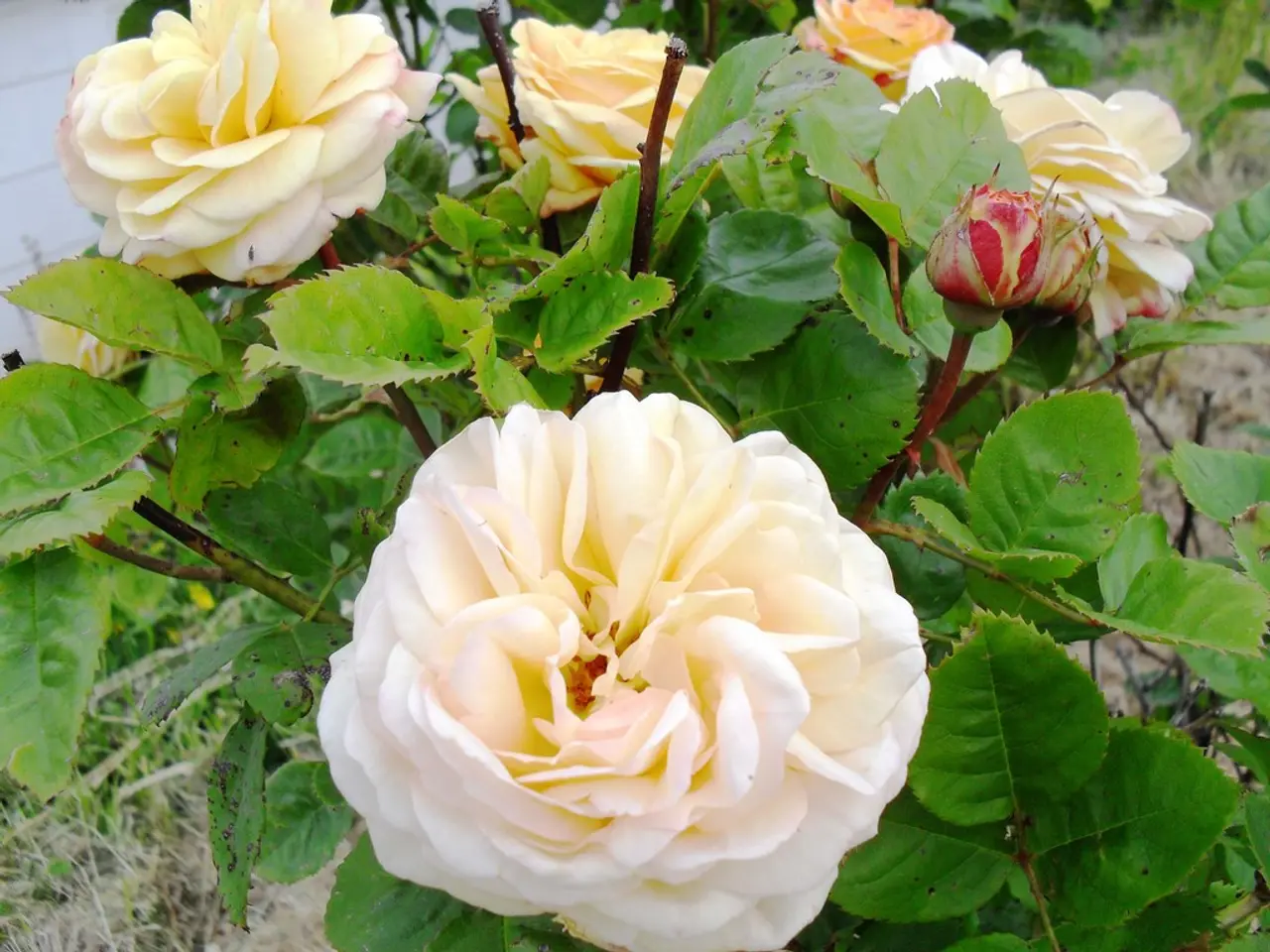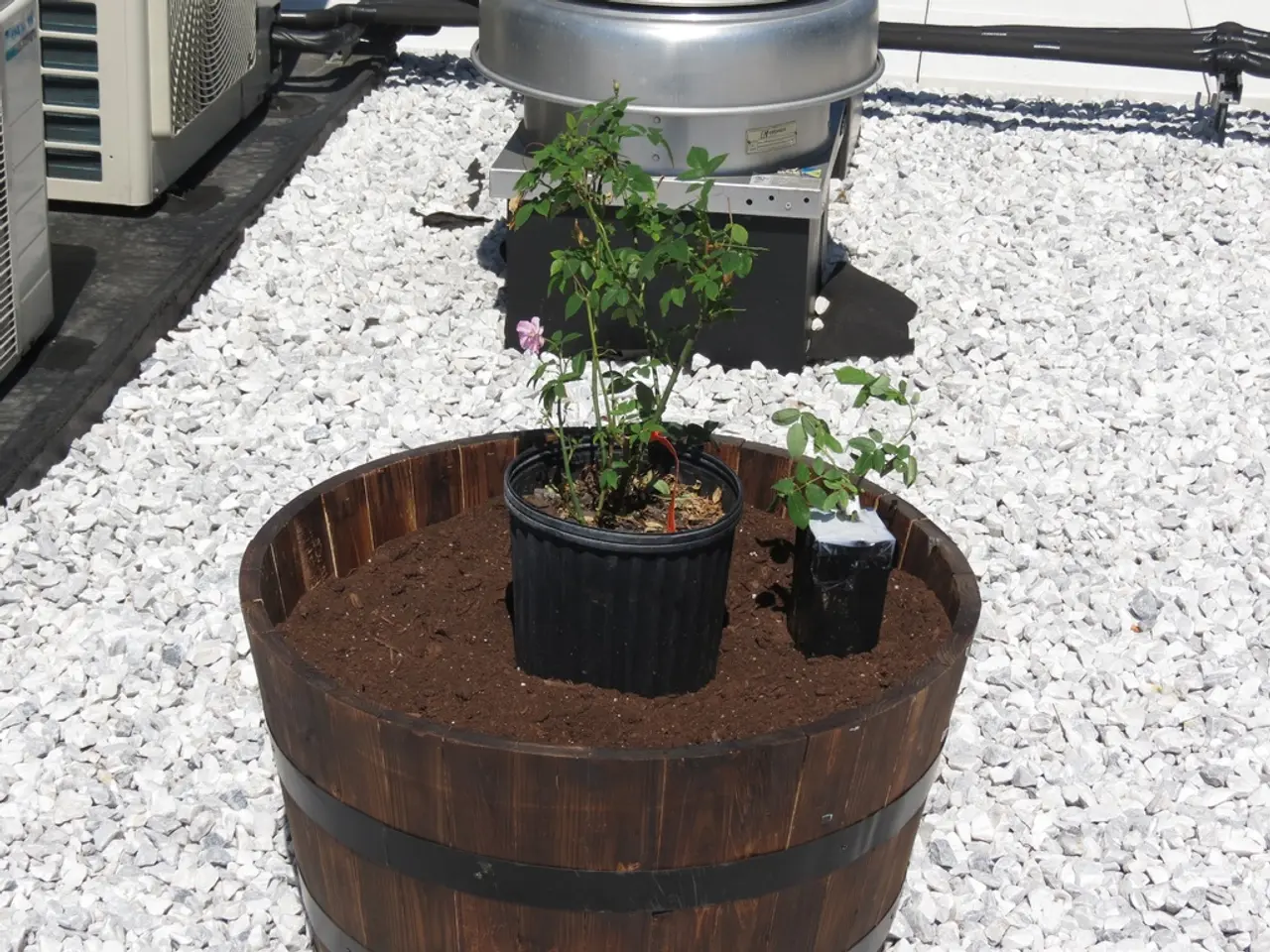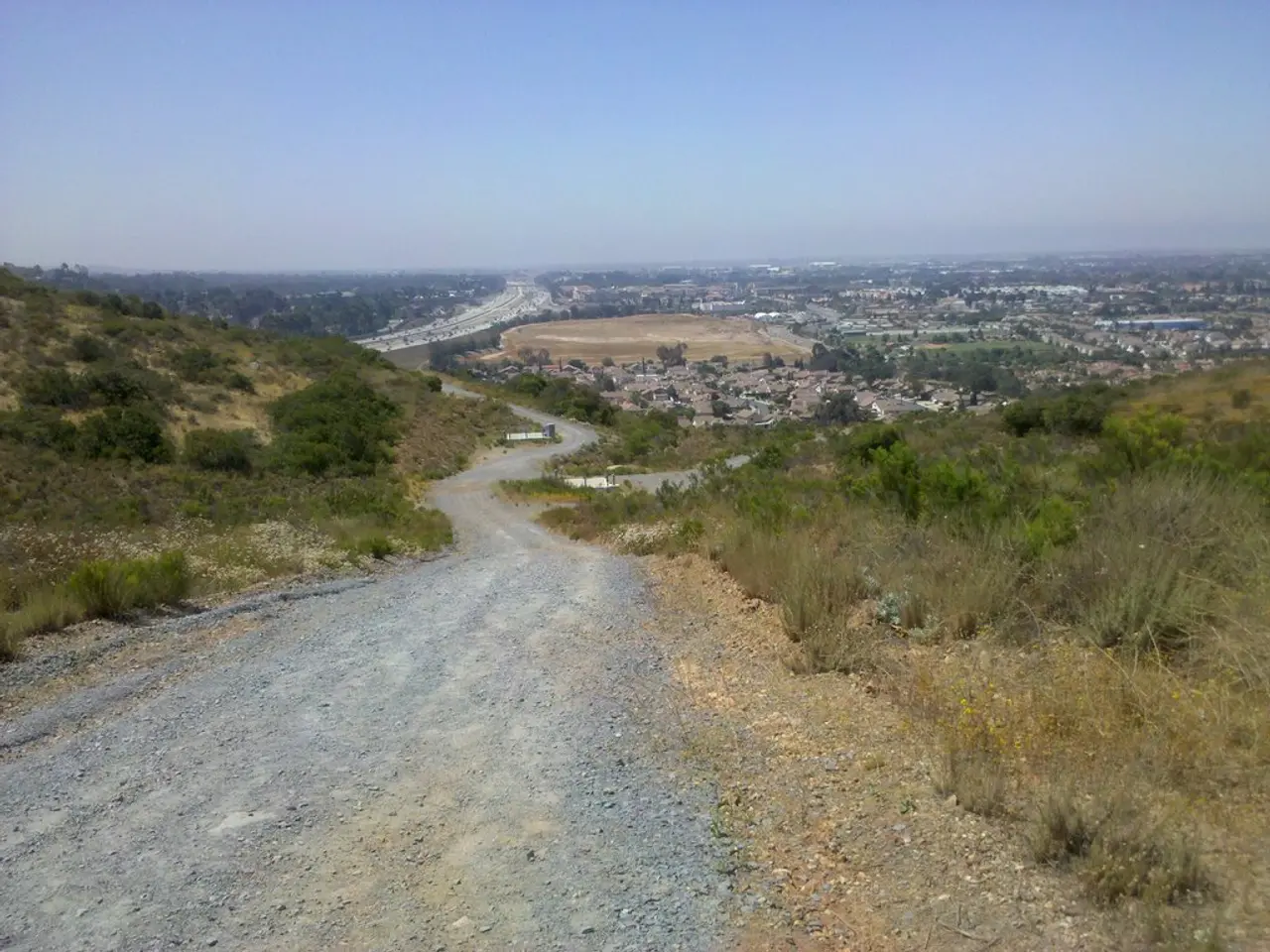Striking Native Grasses for Aesthetic Appeal: Discover 7 Native Varieties Offering Structural Diversity and Style
In recent years, native ornamental grasses have gained popularity among garden enthusiasts for their resilience, aesthetic appeal, and environmental benefits. Here, we explore some of the most popular native grasses, their characteristics, and growing conditions.
**Indian Grass** (Sorghastrum nutans) is a tall, upright perennial bunch grass that adds height and drama to a yard or garden bed. Its golden seed heads develop a warm, bronze hue over time, making it an attractive choice for autumn displays. Indian Grass prefers full sun, well-drained soils, and is tolerant of drought. Native to prairies and open woodlands, it is hardy to USDA zones 3-9.
**Big Bluestem** (Andropogon gerardii) is a tall perennial grass with a strong vertical presence, reaching up to 6-8 feet. Its bluish-green foliage turns reddish-bronze in fall, making it a dominant prairie grass. Big Bluestem thrives in full sun and adapts to various soil types, including dry and moist soils. It is hardy to USDA zones 3-9.
**Blue Fescue** (Festuca glauca) is a clumping, fine-textured grass that forms low tufts (8-12 inches) with steel blue-gray foliage year-round. Ideal for use as a groundcover or in mixed borders, it prefers full sun to light shade and well-drained soil. Blue Fescue is hardy to USDA zones 4-8 and is an excellent choice for rock gardens or borders.
**Muhly Grass** (Muhlenbergia spp.) is a medium-height clumping grass with airy, pink to purple flower plumes in late summer/fall. Its soft texture and movement add a touch of elegance to any garden. Muhly Grass prefers full sun, well-drained soil, and is drought-tolerant once established. It is hardy to USDA zones 5-11 and is native to much of the eastern United States.
**Prairie Dropseed** (Sporobolus heterolepis) forms fine-textured deep green mounds, reaching 2-3 feet tall. Its seed heads are appreciated by birds and offer attractive fall and winter color. Prairie Dropseed prefers full sun, tolerates dry, sandy, or rocky soils, and is drought-tolerant. It is hardy to USDA zones 3-8 and thrives in hot, dry conditions.
**Switchgrass** (Panicum virgatum) is an upright, clumping warm-season grass growing 3-5 feet tall, with airy flower panicles. It provides excellent fall color and is hardy to USDA zones 3-10. It serves as an important source of food and shelter for birds and small mammals and is often used for erosion control.
**Tufted Hairgrass** (Deschampsia cespitosa) is a clump-forming cool-season grass with fine-textured, arching green foliage and delicate airy seed heads. It prefers moist to wet soils and is great in large containers or shade gardens. Tufted Hairgrass is hardy to USDA zones 4-8.
In addition to these grasses, **Little Bluestem** (Schizachyrium scoparium) is a close relative of Big Bluestem, noted for its blue-green summer foliage that turns vibrant red in fall, offering four-season interest. It grows 3-4 feet tall, tolerates a wide variety of soils, and prefers full sun. It is hardy to zone 3 and is useful as a vertical accent in gardens, thriving in dry to moderate soils.
**Tufted Hairgrass** and **Muhly Grass** both help to restore the garden ecosystem and improve its overall health by hosting several species of butterflies and moths. **Big Bluestem** grass should be trimmed routinely to maintain a tidy, compact form.
When planted amongst established perennials, **Prairie Dropseed** adds a light, airy appearance to beds and has a unique fragrance and fall color. It plays host to several species of butterflies and moths.
**Muhly Grass** is a show-stopper ornamental grass that takes on an ethereal pink hue in fall, with large plantings creating beds that seem to glow with color. 'Golden Sunset', a variety of Indian Grass, adds a splash of rich tonal variety to native plantings with blueish-green grass blades and large golden seed heads.
Tonya Barnett, the author of this article, has been gardening for 13 years and has transformed her backyard into a cut flower garden, which she regularly chronicles on her YouTube channel. Amy Draiss is the Digital Community Manager for the platform.
[1] https://www.missouribotanicgarden.org/PlantFinder/PlantFinderDetails.aspx?k=101751 [2] https://www.missouribotanicgarden.org/PlantFinder/PlantFinderDetails.aspx?k=101750 [3] https://www.missouribotanicgarden.org/PlantFinder/PlantFinderDetails.aspx?k=101749 [4] https://www.nps.gov/subjects/grasslands/nativegrasses.htm [5] https://www.missouribotanicgarden.org/PlantFinder/PlantFinderDetails.aspx?k=101748
The Indian Grass and Muhly Grass, with their attractive autumn displays, can bring a touch of warmth and elegance to a home-and-garden lifestyle. The Indian Grass offers golden seed heads that develop a warm, bronze hue over time, while Muhly Grass presents airy, pink to purple flower plumes in late summer/fall.




